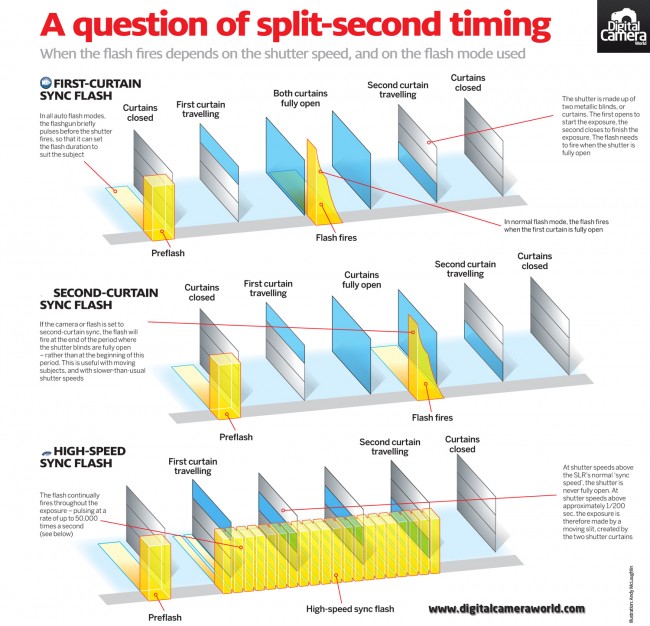The Relevance Of Illumination In Photography And How To Master It
The Relevance Of Illumination In Photography And How To Master It
Blog Article
Writer-Duncan Foss
When you pick up your electronic camera, you might not recognize exactly how essential illumination remains in shaping your images. It can transform a normal scene into something amazing, affecting not simply the clarity however also the state of mind of your photographs. Comprehending the intricacies of light-- its direction, quality, and shade-- can elevate your work to new heights. Yet just how do you understand these aspects efficiently? Exploring professional copyright photo and explore different setups could be the trick to unlocking your full capacity as a digital photographer. Let's explore what makes light not just necessary, but important.
The Function of Light in Photography
Light's impact on photography can not be overstated; it shapes the state of mind, highlights information, and produces depth in your photos. When you pick up your cam, consider just how light connects with your topic. The instructions and top quality of light can either boost or decrease the elements you want to record.
For example, soft, diffused light can develop a wonderful environment, while extreme, direct light can generate raw contrasts and sharp darkness.
As you experiment, discover how various times of day impact your shots. Early morning and late afternoon usually provide the most flattering light, called the "gold hour." This cozy light can produce spectacular effects that draw customers in.
Conversely, shooting at noon can cause unflattering shadows, so maintain that in mind.
Furthermore, consider the shade of light. Natural light differs throughout the day, and man-made lights can introduce different tones to your scenes.
Readjusting your white equilibrium can help you attain the preferred impact. Eventually, recognizing the duty of light will transform your digital photography, allowing you to tell tales and stimulate emotions with every image you capture.
Types of Illumination Techniques
Commonly, photographers rely on different lighting methods to attain their desired effects and improve their photos. Comprehending these techniques permits you to manipulate light artistically, making a substantial distinction in your photography.
One popular strategy is natural lights, where you make use of sunshine to brighten your subject. This approach can produce soft, lovely shadows and highlights, especially throughout the gold hour-- shortly after daybreak or before sundown.
One more strategy is the use of man-made lighting, which includes studio lights, speedlights, or LED panels. You can control the intensity and direction of the light, allowing for much more accurate results.
Backlighting is another reliable method; putting the source of light behind your subject can develop a striking silhouette or highlight edges, adding depth to your photos.
You might likewise check out high-key and subtle lights designs. High-key illumination produces bright, uniformly lit images with marginal darkness, while subtle illumination highlights comparison and dramatization with deep darkness.
Each technique has its staminas, and try out them will certainly aid you find your special design.
Tips for Mastering Illumination
Mastering lights can absolutely transform your photography, so it's essential to obtain an understanding on some functional tips.
First, always focus on the direction of light. Light originating from the side can develop depth, while front lighting tends to flatten your subject. Trying out backlighting for remarkable silhouettes or to highlight appearances.
Next off, take into consideration the quality of light. Soft, diffused light is usually much more lovely, especially for portraits. You can attain this by capturing during golden hour or making use of reflectors and diffusers to soften rough sunshine.
Do not undervalue https://writeablog.net/miguel007dion/discover-the-vital-digital-photography-equipment-that-will-certainly-start of shadows! They can include intrigue and dimension to your images. Try placing your topic in such a way that permits darkness to improve the structure.
Also, adjust your camera settings appropriately. Make use of a larger aperture for even more light in low problems, yet bear in mind deepness of field.
Finally, practice makes best. Take your cam out in numerous lights problems and experiment. The more you have fun with light, the much better you'll recognize just how to use it to your advantage.
Master these pointers, and you'll boost your digital photography to brand-new elevations!
Conclusion
Understanding lighting is necessary for boosting your photography. By comprehending just how light impacts your photos, you can produce sensational structures that communicate state of mind and deepness. Trying out various strategies and conditions, and do not shy away from utilizing devices like reflectors and diffusers to boost your shots. With visit the following website page and a readiness to find out, you'll discover that manipulating light becomes force of habit, enabling your creative thinking to shine through in every photograph you take.
